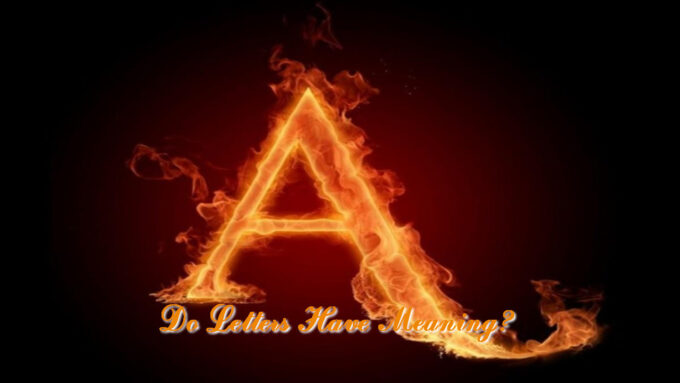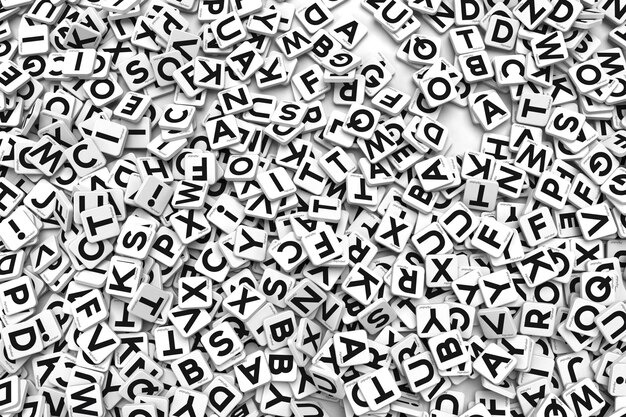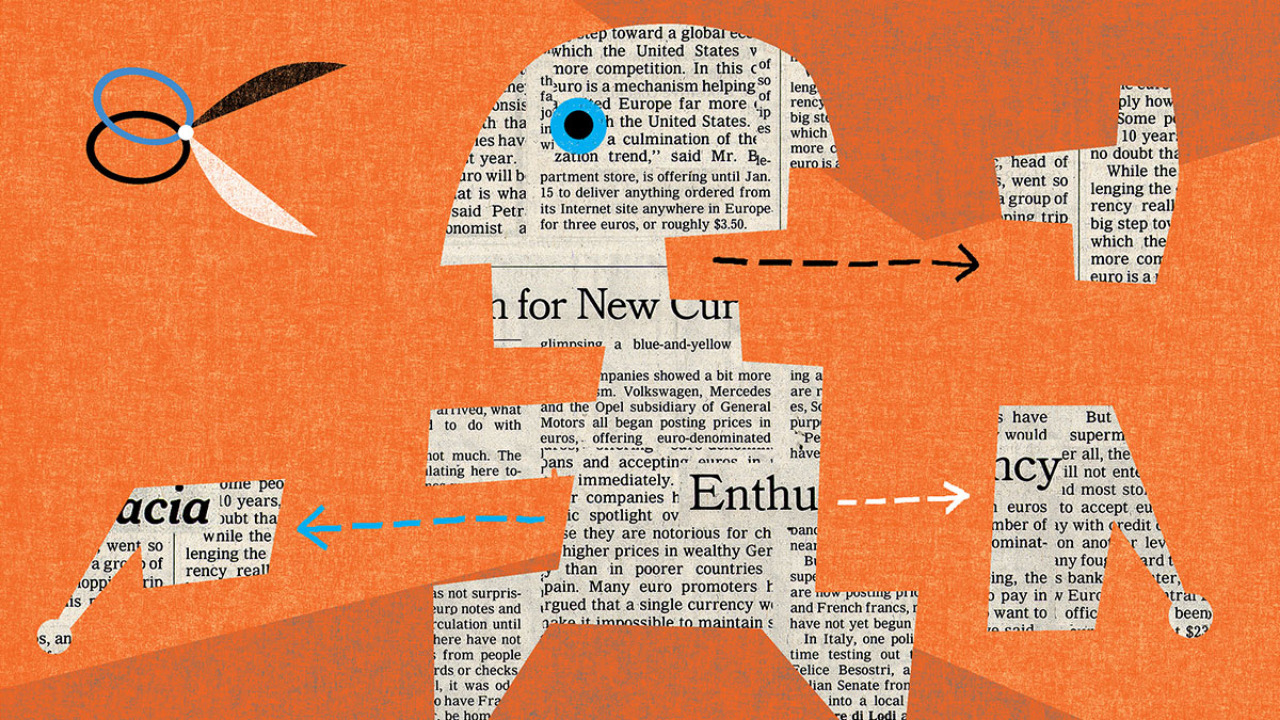
The question of whether letters possess inherent meaning is a profound inquiry that has intrigued philosophers, linguists, and scholars throughout the ages. While letters themselves may appear as mere symbols, their arrangement and context within words and sentences give rise to a complex interplay of semantics and significance. In this exploration, we delve into the multifaceted dimensions of letters, their historical origins, linguistic nuances, and their role in shaping our understanding of the world.
Letters as Building Blocks of Language

At their core, letters are symbols – elemental entities that constitute the foundation of written language. Yet, beneath this seemingly straightforward exterior lies a world of intricacies. For instance, check out the article on the meaning of letter I. You will be astonished by the amount of knowledge you get from it.
When combined and organized in specific ways, letters give rise to words, sentences, and, ultimately, the narratives that weave the tapestry of human communication. This intricate dance of letters enables us to express thoughts, emotions, and ideas, transcending the limitations of mere symbols to convey a symphony of meaning.
Historical and Cultural Significance of Letters
The journey of letters spans millennia, intertwined with the evolution of human culture, thought, and expression. From the ancient pictographs etched onto cave walls to the sophisticated scripts of civilizations past, letters have mirrored the progress of societies and witnessed the ebb and flow of human history. Each letter carries within it a historical and cultural resonance, an echo of the societies that birthed them, and a testament to the power of written communication to bridge time and space.
Linguistic Nuances

In linguistics, letters serve as vehicles that transport sound to meaning. The study of phonetics and phonology reveals the intricate relationship between letters and the sounds they represent, illuminating the delicate dance between auditory vibrations and cognitive interpretation. The nuances of pronunciation, accent, and dialect underscore the dynamic nature of letters as they navigate the rich tapestry of languages spoken across the globe.
Layers of Interpretation
The field of semiotics delves into the intricate web of signs and symbols that shape our understanding of the world. Letters, as a subset of this broader semiotic landscape, carry layers of interpretation beyond their phonetic functions. They become conduits for cultural norms, ideologies, and collective memory. Letters acquire meaning not only through their immediate context but also through the societal lenses that tint our perceptions, unveiling the intricate dance between individual and collective interpretations.
From Form to Function
As we ponder whether letters possess inherent meaning, it becomes apparent that the answer lies within the delicate interplay of form and function. Letters, in isolation, may lack autonomous meaning, but when woven into the fabric of language, they contribute to a mosaic of expression, allowing us to communicate, educate, and connect with one another. Letters derive their significance not merely from their visual representation but from their role in enabling the exchange of ideas and emotions that define human interaction.
Final Thoughts
In human communication, the question of whether letters have meaning transcends the realm of black and white, delving into shades of nuance and complexity. While letters themselves may not possess inherent meaning, they are integral components of a larger system that enables us to convey and receive meaning. The symphony of letters, words, and sentences orchestrates the melody of human expression, bridging the gap between thoughts and comprehension.
So, as we navigate the labyrinthine corridors of language and symbolism, we come to realize that letters, in their intricate simplicity, are vessels that carry the cargo of meaning across the oceans of communication. It is through their meticulous arrangement and contextual resonance that letters transform into conduits of understanding, enabling us to unlock the vaults of knowledge, emotion, and connection that enrich the human experience.